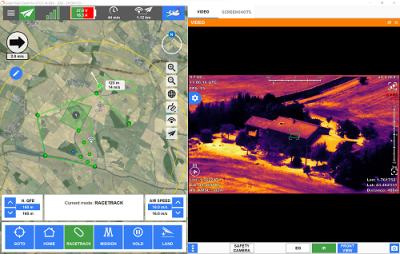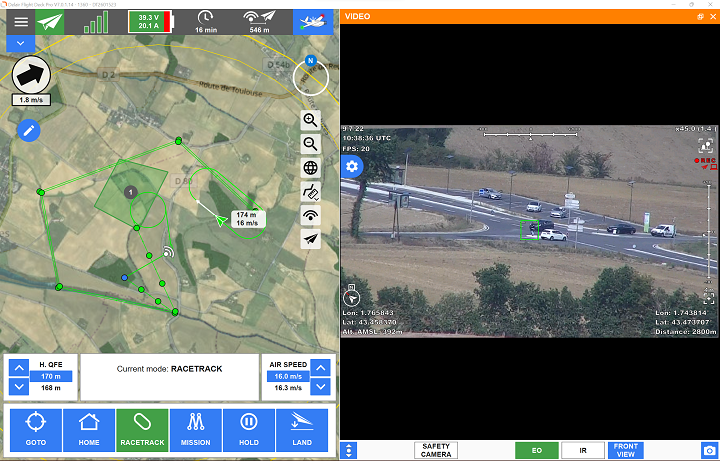As with previous articles on the subject of uncrewed aviation, the past or traditional crewed aviation is a great indicator of things to come for this fascinating new industry. For decades airlines have struggled with the fact that not every aircraft is adequate for every mission. For example, crossing the Atlantic on a route with a lot of passenger demand is very different than a short regional hop with moderate to low passenger demand.
For long hauls such as New York to London, large aircraft capable of holding lots of fuel are required and in order to justify the cost, and a large number of paying passengers are required to be on board. Examples of these types of aircraft are the Airbus 380 and the various large body Boeing models, 767, 777 and 787.
In the case of short flights between smaller markets, such as a Dallas to Houston, Texas, a short 30-minute flight, a regional jet, such as Embraer 175 might be a better choice, given range and passenger load. If an airline wants to have both the transoceanic reach and the smaller, and perhaps more lucrative, regional markets, it is forced to have a mixed fleet of aircraft, including not only different models, but different brands, including dramatic differences in powerplants, from jets to turboprops.
Is this a lesson for the uncrewed aviation industry? I particularly believe it is, and that is why we were pleasantly surprised by the announcement that Delair launched a product by the acronym DRAKO (Drone Remote Access Command & Control for Operations), an appropriate name for a system that aims at dealing with aircraft from different manufacturers in one unified fleet.

We had the opportunity to talk with Bastien Mancini, Delair Chairman and CEO, who explained the origins of the product and its intended reach and target markets.
“DRAKO is as full-blown product available today, not a concept or an idea, a reality that has come to solve the issue of training pilots in multiple platforms and dealing with the loss of revenue associated with this,” explained Bastien. “We based or initial design on the AIRBUS concept to have every cockpit of every model to be basically the same, this compatibility saved thousands of training hours to Airbus pilots and their employers, the airlines.”
It is inevitable that drone companies will have many different missions and offer a variety of services, so one drone model from one drone manufacturer will not be enough to cover all of them. The inevitability of mixed fleets makes DRAKO such a great idea.
“DRAKO currently runs on a number of uncrewed aircraft, including our own UX11, DT26, and DT46 as well as various other models from different manufacturers,” Bastien said. “The system is designed to control both fixed wing and multirotor aircraft and we have a number of well-known brands in the pipeline to make sure our customers will have plenty of choices when deciding to populate their fleets.”
 The issue of unifying the control part in aviation is equally important in crewed as in uncrewed aircraft, and that is why DRAKO emphasizes the issue of crew training and the possibility of reducing actual flying time as possible in order to gain proficiency.
The issue of unifying the control part in aviation is equally important in crewed as in uncrewed aircraft, and that is why DRAKO emphasizes the issue of crew training and the possibility of reducing actual flying time as possible in order to gain proficiency.
“When we designed DRAKO, we knew that it had to include a native flight simulator, allowing users to operate its flight and observation functions virtually,” Bastien stated. “All standard mapping and digital terrain model formats, including DTED, may be imported for use within the software. Furthermore, DRAKO’s on-board simulation can be used during operations for the preparation and training of a wide range of tasks.”
Learning from the past and from the lessons learned in crewed aviation during the past 100 years is valuable when designing and launching innovative products for the uncrewed aviation industry. We are still in diapers when it comes to the technology, and the processes that would make possible a full integration of both types of aviation in the more complex and congested national airspaces, but products like DRAKO offer a glimpse into what is possible when we learn from traditional aviation lessons.















Comments